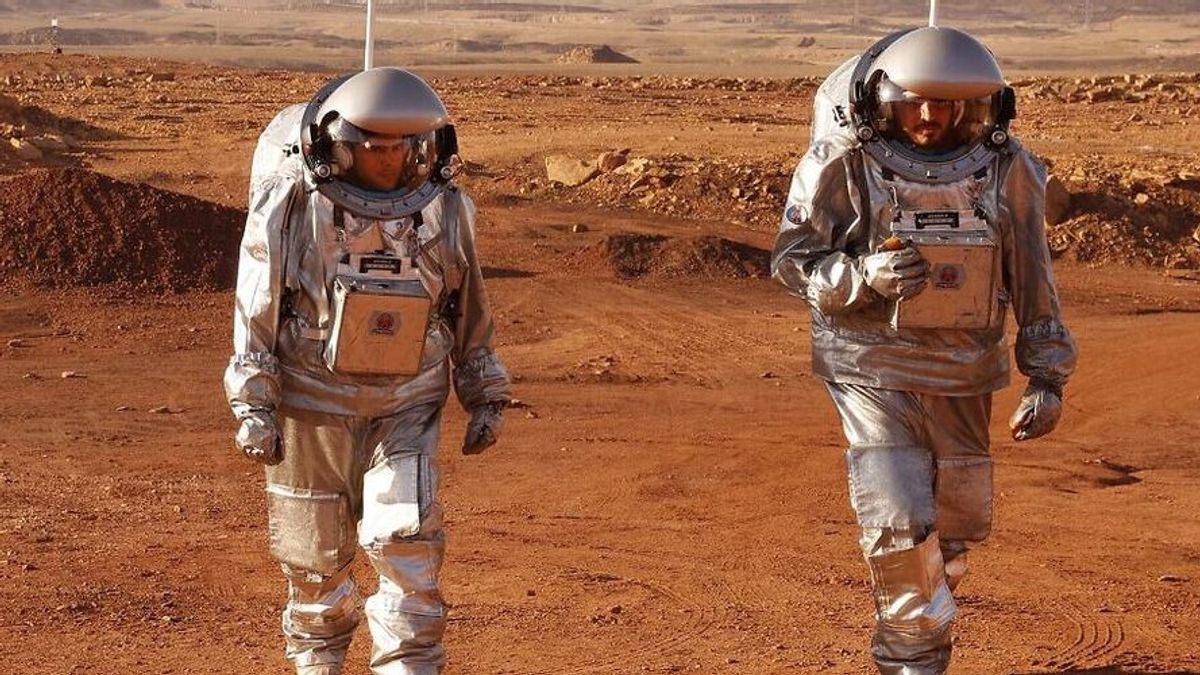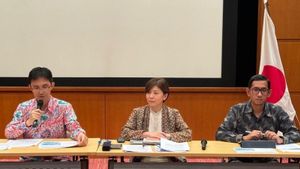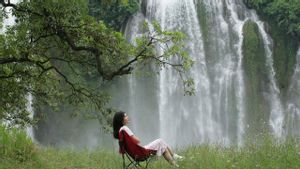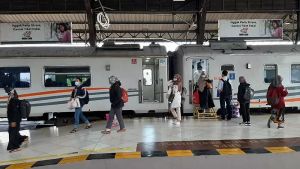JAKARTA - Traveling to space and Mars is something that many people dream of. Over the years, Mars has been a destination filled with wonder and wonder. It is one of the closest planets to Earth, is believed to have been home to ancient life billions of years ago, and is regularly featured in various forms of pop culture.
While robots are the only thing from Earth that has visited Mars so far, it's set to change in the not too distant future. NASA currently plans to send the first humans to Mars by 2030.
While landers and explorers on Mars are quite difficult, getting humans there safely and bringing them back is a challenge in itself. A great deal of work is being done to ensure the mission goes as smoothly as possible, including rigorous simulations on Earth.
That is what is happening now deep in the Negev desert in Israel. As part of a mission carried out by the Australian Space Forum, six 'astronauts' are currently staying there for the next month while getting the full Martian experience.
They have special spacesuits that they need to wear outside, live on a 'Mars' base, and have different missions to take to simulate what human astronauts would actually do on Mars. The six individuals came from various parts of the world, including Israel, Portugal, Spain, Austria, Germany, and the Netherlands.
One of the biggest challenges for a human mission to Mars is understanding the effect it will have on the astronauts chosen for it. Between months of flights to Mars, living on alien planets, doing research there, and long flights back, it's a shortcoming to ask both physically and emotionally from anyone.
Such simulations aim to better understand how people react and adapt to such demanding tasks. With this simulation, in particular, the Australian Space Forum studied how 'astronauts' handled a month of isolation in a solitary environment.
The crew will be tasked with various jobs/scenarios throughout the mission, such as using drones and other wind and solar powered vehicles to traverse the desert. Another task would be simulating Earthborn bacteria infecting Martian life forms - something that would be "a big deal" if it actually happened on the planet.
Simulations obviously can't recreate the temperature and atmosphere present on Mars, but it's as close as scientists can get without actually visiting the planet.
Even with those caveats, it's still an important step towards achieving the 2030 human mission to Mars. As mission supervisor Gernot Groemer explains, "What we're doing here is preparing for a major mission, the largest voyage our society has ever undertaken, because Mars and Earth are 380 million kilometers apart at their extreme."
It may be a small piece of the puzzle to get humans to Mars, but that doesn't make it any less important.
The English, Chinese, Japanese, Arabic, and French versions are automatically generated by the AI. So there may still be inaccuracies in translating, please always see Indonesian as our main language. (system supported by DigitalSiber.id)












